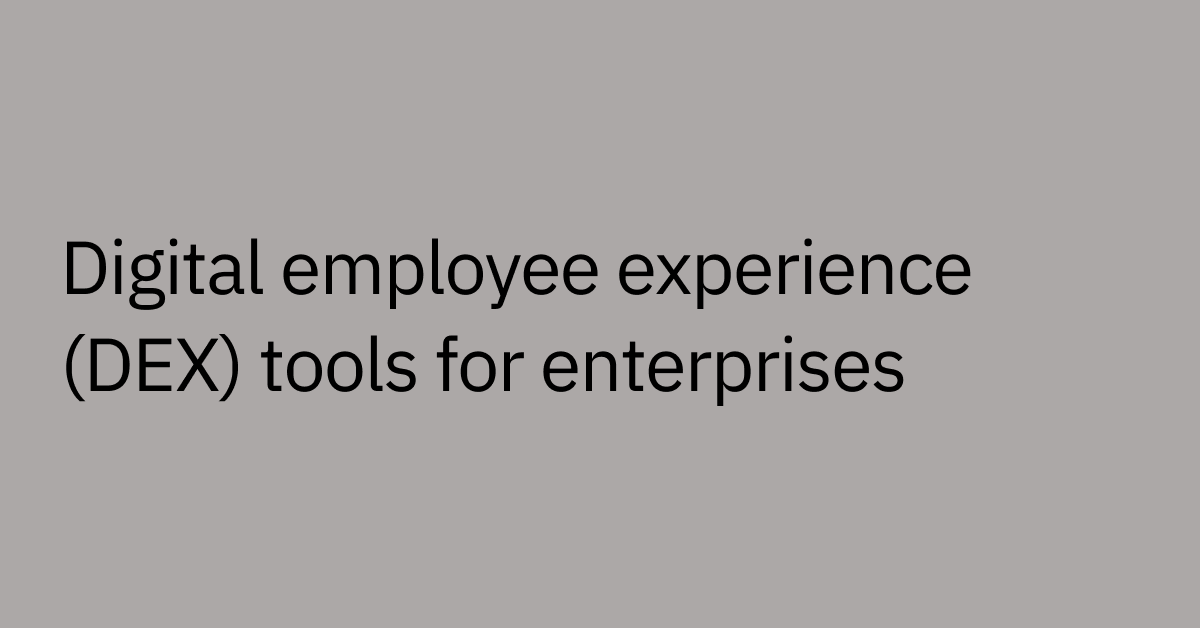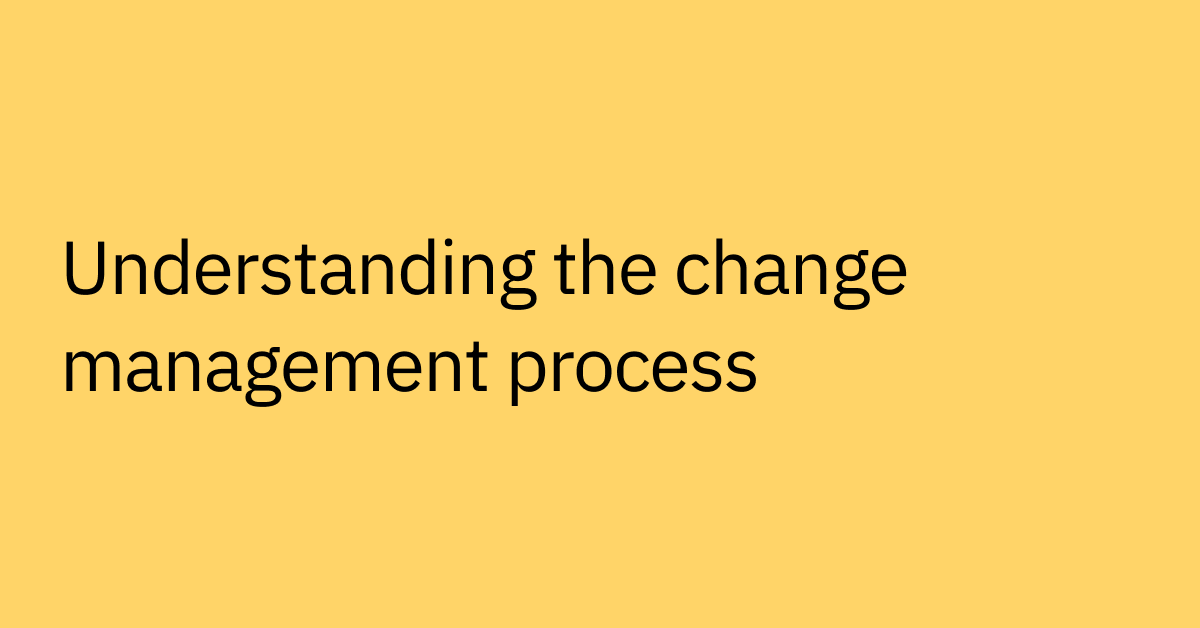Table of contents
Highlights
- IT cost optimization focuses on eliminating inefficiencies and reallocating resources — not cutting people or capabilities.
- Automation reduces repetitive, low-value work like password resets, onboarding tasks, and license management to free up IT capacity.
- AI-powered assistants deflect tickets, improve MTTR, and prevent rising vendor and maintenance costs.
- Prioritizing automation over outsourcing offers greater scalability, transparency, and long-term savings.
- Moveworks helps enterprises lower IT spend by resolving routine requests autonomously while maintaining service quality and speed.
A CIO at a growing financial services company stares at her quarterly budget review with growing concern. Senior leadership just announced another round of cost reduction targets — 15% across all departments.
Delay the cloud migration, perhaps? Freeze hiring? Maybe renegotiate vendor contracts.
Unfortunately, the reality is that traditional cost-cutting measures like pausing projects or slashing budget line items only offer temporary relief and don’t address underlying inefficiencies. Each option is essentially kicking the problem down the road rather than solving it.
It's the same pressure IT leaders are facing everywhere. More than half of IT leaders report increased demand to reduce spending while simultaneously improving service delivery.
The challenge is finding sustainable ways to operate more efficiently — without sacrificing the technology foundation your business already depends on.
Real IT cost optimization strategies are about spending smarter (not just spending less) by eliminating inefficiencies and automating the work that drains your IT budget most.
What IT cost optimization really means in 2025
IT cost optimization is a strategic approach to reducing spend and boosting operational efficiency by spotting what’s not working, automating repetitive tasks, streamlining tools, and reallocating IT resources.
The catch? You need to do all of this without compromising service quality, employee experience, or long-term growth potential.
To be clear, this isn't cost-cutting. Cost-cutting typically means reducing resources — less technology, delayed projects, or fewer people. Cost optimization means using your existing budget more effectively by removing inefficiencies, rather than eliminating capabilities.
Effective IT cost optimization initiatives cover several key areas:
- Automating repetitive tasks that currently require manual intervention
- Consolidating redundant tools that serve similar functions
- Eliminating unnecessary vendor spend through better utilization
- Streamlining workflows that span multiple systems and teams
Automation often gets overlooked here because it feels like a “next-phase” investment rather than a cost-saving measure. But that's where a mindset shift matters: the right automation solutions can deliver immediate returns while building long-term operational resilience.
Consider Databricks, which saved $1.5 million by implementing AI-powered automation. Today, 73% of their IT tickets are resolved without human intervention, freeing up their team to focus on more strategic initiatives — rather than routine support tasks like password resets or access requests.
Their 2026 goal: deflect four out of five tickets, while continuing to boost first-time resolution rates and employee satisfaction.
The hidden cost of doing nothing
When IT teams delay cost optimization, several expensive patterns can emerge and compound over time.
- Support tickets grow while headcount stays flat. Your team handles more requests with the same resources, leading to longer resolution times, employee frustration, and IT staff burnout.
- Vendor costs increase during contract renewals. Without automation reducing your reliance on external support, you lose SLA leverage when it’s time to renegotiate.
- Technical debt accumulates faster than you're able to address it. Innovation takes a backseat to maintaining legacy systems that become increasingly expensive to operate.
Many organizations unknowingly overpay by maintaining the status quo. Legacy service desks, fragmented support tools, and manual IT management processes create hidden costs — from productivity loss and longer mean time to resolution (MTTR), to over-reliance on humans for routine tasks like password resets.
The opportunity cost goes even further. When your IT team spends time on low-value requests instead of strategic initiatives, you're effectively paying high-skilled professionals to do work that technology could handle more efficiently.
Where to focus your IT cost optimization efforts first
The highest-impact cost optimization opportunities often involve tasks performed repeatedly at high volume. These typically fall into three key areas:
1. Tier 0 and Tier 1 support requests
- Password resets and account unlocks
- Application access requests and permissions
- Software installations and basic troubleshooting
- Hardware requests and replacements
2. License management and over-provisioning
- Unused software licenses across departments
- Redundant applications with overlapping functionality
- Over-allocated cloud resources and storage
3. Onboarding and offboarding workflows
- System access provisioning for new employees
- Hardware setup and configuration
- Account deactivation and asset recovery
These areas are ideal for automation because they rely on predictable, repeatable patterns — often within enterprise software systems like ServiceNow, Workday, Okta, and Azure Active Directory. Automating these processes reduces workload and improves the experience on both sides, without adding staff or compromising your team's service quality.
Ticket deflection is one of your biggest cost-saving opportunity
Ticket deflection means resolving employee requests before they reach your support team's queue. Far from avoiding work, deflection means providing proactive resolution through conversational automation and IT self-service systems.
Instead of logging a ticket for VPN setup, employees can chat with the system through an app like Slack or Microsoft Teams, letting the AI assistant know what they need.
Based on their request (and even their role and department), the AI can surface knowledge base resources, walk them through the process, or even complete simple setup automatically, like VPN access or printer installation — freeing IT teams for more complex work.
In addition to employee enablement, this approach creates a compounding value, because once a request type is deflected consistently, that same issue becomes far less likely to generate future tickets.
Why reducing headcount doesn't equal cost optimization
Reducing team size without reducing demand often creates more problems than it solves.
If you try to shrink your IT team without addressing the underlying volume of requests, you create a different set of (expensive) problems, including burnout among remaining staff, longer wait times for employees, missed SLAs, and higher escalation rates.
Automation offers a better path. By absorbing repetitive work through technology, your team stays lean without becoming overloaded. This lets you redirect support staff from Level-0 and Level-1 tasks toward higher-priority, business-critical projects that require human expertise.
For example, if a company tries to reduce costs by cutting 30% of Tier 1 support roles but fails to correspondingly reduce ticket volume, it’s likely to see ticket queues spike, SLAs slip, and escalations increase.
From outsourcing to automation: The smarter evolution
Many organizations turn to managed IT service providers to reduce internal workload and control costs. While outsourcing can relieve some immediate pressure, it can also introduce other challenges — limited visibility, inflexible pricing models, and difficulty scaling alongside business growth.
Approach | Cost Structure | Control and Visibility | Scalability |
Outsourcing | Fixed per-ticket pricing | Limited visibility into processes | Expensive and rigid as needs grow |
Internal Automation | Upfront investment, lower ongoing costs | Full control and real-time insights | Scales efficiently with minimal added cost |
Automation offers operational relief of outsourcing — with fewer trade-offs. It helps enable faster response times, consistent service quality, and lower long-term costs, all while letting you maintain greater internal control and data transparency.
Here's a practical example: a mid-sized enterprise might pay a vendor $25 per ticket resolved. With automation, those tickets are still logged for tracking and compliance but most L1 tickets are able to be addressed automatically before they ever reach a support queue — helping to eliminate per-ticket costs while preserving audit trails.
Cloud services and infrastructure are your next optimization frontier
Cloud environments create even more opportunities for cost optimization, but they also create their own complexities that require careful management.
Having too many IT systems, redundant cloud services, and disconnected platforms can drive up cloud costs and make support more complicated. Juggling multiple platforms, overlapping tools, and manual setups often leads to hidden inefficiencies.
AI-powered automation addresses these challenges by:
- Automating license provisioning through integrations with IAM platforms like Okta or Azure AD
- Detecting unused or underutilized services for potential elimination or rightsizing (resulting in saved costs)
- Reducing manual configuration across cloud and on-prem environments — for example, automating environment setup, user roles, or resource allocation
- Streamlining access management across hybrid IT infrastructures
When your automation systems connect your cloud environments with your on-premises systems, they help simplify operations, control costs, and support stronger cybersecurity and compliance by reducing manual errors and enforcing consistent access policies.
Plus, advanced AI systems can provide the metrics and analytics you need for more informed decision-making that aligns with business objectives.
Rethinking ROI for IT automation investments
Traditional IT ROI calculations often focus narrowly on tool costs, overlooking the broader business value that strategic automation delivers.
When automation improves MTTR, reduces back-and-forth communication, and enhances employee experience, it delivers more value than just cost savings — it can also help boost productivity across your entire organization (not just within IT).
To truly measure impact, consider tracking the hours saved because of automation such as:
- Avoided IT support costs
- Avoided HR service costs
- Improved communications
- Accelerated approvals
- Workflows automated
- End user productivity savings
Modern AI assistants can help maximize the return on existing technology investments. Many IT teams invest in self-service resources like knowledge bases and request forms, only to see the same volume of tickets.
AI-powered systems are able to make better use of these tools by surfacing answers exactly when your employees need them and helping to resolve issues before they become tickets — helping to deliver the ROI and economic impact that stakeholders expected from those investments.
Optimize IT costs without cutting corners
True IT cost optimization doesn't need to mean shrinking your team or offloading work to third parties. It means working to eliminate repetitive requests, manual escalations, and inefficiencies that drain your budget without adding value.
Advanced solutions like Moveworks help enterprise IT teams reduce costs without having to compromise service quality — by significantly reducing the manual work that slows teams down and drives up support volume.
With Moveworks AI Assistant, you are able to:
- Gain one secure, adaptive, and powerful solution to find answers and automate tasks across all enterprise systems and applications
- Address L1 support requests automatically, like password resets, access requests, and software installations
- Grow the value of your existing systems — including ServiceNow, Okta, Azure AD, and others
- Enhance employee satisfaction with 24/7 support in tools they already use, like Slack and Microsoft Teams
- Quickly build and deploy custom automations with Moveworks Agent Studio to scale support across your organization
Moveworks helps deliver greater ROI from your current technology investments — helping your IT team do more with less, without needing to sacrifice speed, experience, or control.



